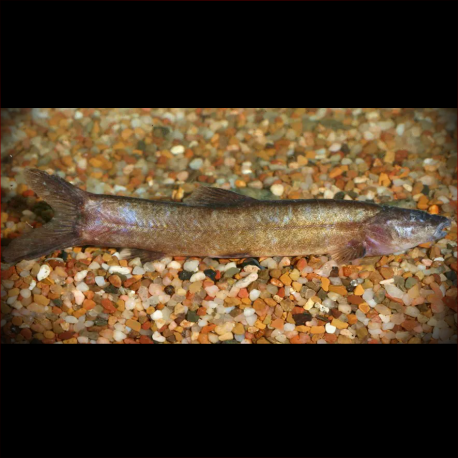More info
Datasheet
| Minimum Tank Size | 240 litres / 63.40 US gallons |
| Maximum Size | 15.0cm / 5.91inches |
| Temperature | 15°C / 59.00°F - 24°C / 75.20°F |
| Hardness | 5.04dgH / 90ppm - 20.00dgH / 357ppm |
| pH | 6.5-7.5 |
Behaviour:
Leptobotia Microphthalma is unlikely to exhibit aggressive behavior, but caution should be taken when housing it with significantly smaller fish to avoid intimidation due to its size and sometimes active nature. Slow-moving, long-finned species like ornamental bettas and guppies should also be avoided, with peaceful yet robust open water-dwelling cyprinids being more suitable tank mates. This species tends to do well alongside most Botia species and certain loaches like cobitid, nemacheilid, and balitorid types. It is recommended to research thoroughly before selecting tank mates, and it is advised to keep 3-4 specimens together to maintain a social hierarchy.
Feeding and Diet:
Being a benthic predator, Leptobotia Microphthalma likely hunts insects, crustaceans, and smaller fish in the wild. In captivity, it should be offered a varied diet consisting of live or frozen bloodworms, Tubifex, chopped shellfish/earthworms, and high-quality sinking dried foods.
Reproduction & Dimorphism:
Information on the reproduction of Leptobotia Microphthalma is currently unrecorded. While sexual dimorphism specifics are unknown, it can be presumed that females might become heavier-bodied once they reach sexual maturity.
Habitat and Distribution:
This species was described from the Min River in Sichuan province, China, and has also been observed in the Jialing River in Gansu province. Leptobotia Microphthalma likely prefers riverine habitats with clear, well-oxygenated, running water and substrates of rocks and gravel. The presence of near-vestigial eyes and variable hypopigmentation suggest a deep-water or possibly subterranean lifestyle.
Aquarium Setup:
For an aquarium setup suitable for Leptobotia Microphthalma, it is recommended to mimic a flowing stream environment with a substrate of rocks, gravel, and water-worn boulders. Addition of driftwood, roots, branches for shading, and PVC piping for cover is beneficial. While most plant species may struggle, hardy varieties like Microsorum, Bolbitis, or Anubias can be attached to decor. Clean water, high dissolved oxygen, and moderate water movement are essential, requiring the use of external filters and powerheads. Stable water conditions are crucial for the well-being of this fish.

